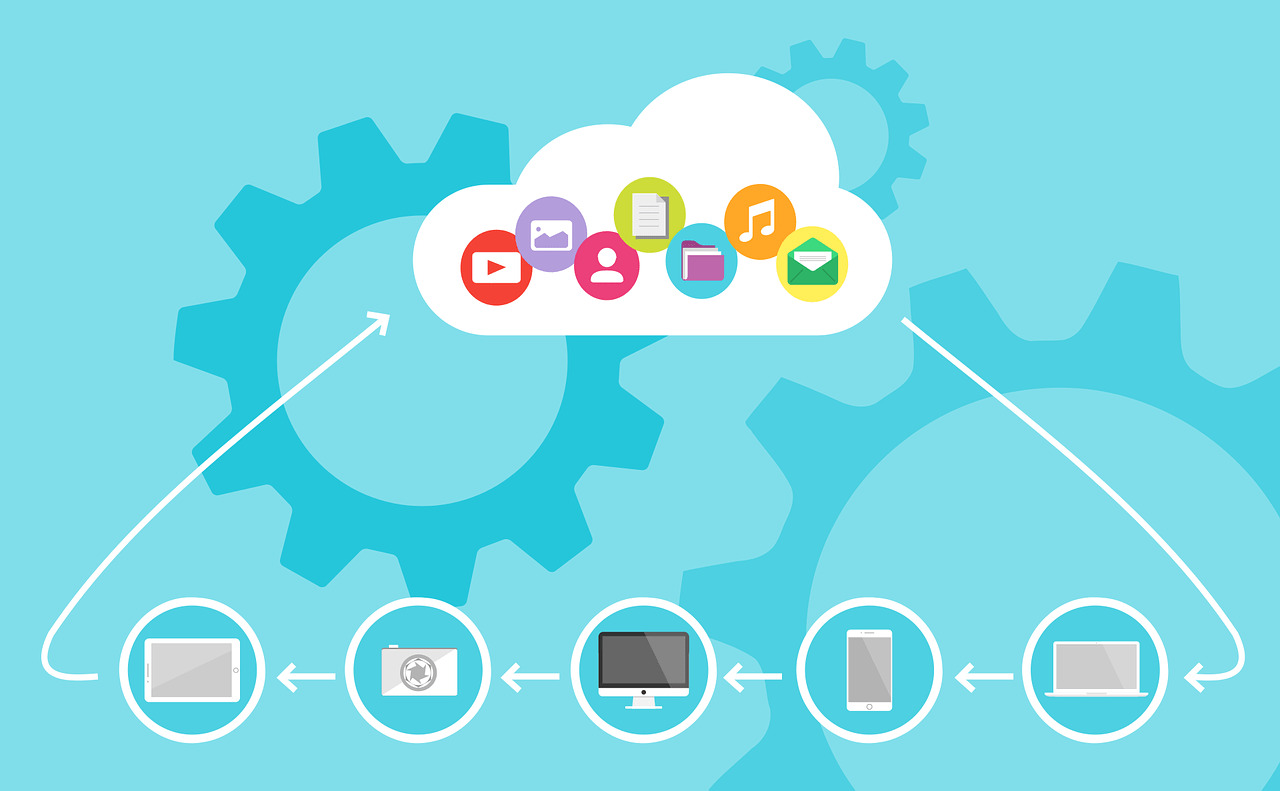Inside Quantum Technology’s Inside Scoop: Quantum Computing and the Cloud

“We see the number of quantum devices in the cloud constantly increasing,” explained Dr. Gokul Subramanian Ravi, a postdoctoral researcher at the University of Chicago. Ravi has studied cloud-based quantum computing and even published a paper on the service. “Achieving practical quantum advantage in the near future will require harmonious coordination beginning from those working in the application stack to those building the actual habits. Quantum in the cloud is among the most critical steps to achieve this harmony.” As the cloud offers a way for users to test, run, and program quantum computers remotely, it is an attractive option for many quantum computing companies to investigate. “In the foreseeable future, quantum computing will not be a compute resource that cannot be delivered on-premises,” explained Tushar Mittal, the Senior Quantum Product Manager, at IBM Cloud. “It has management complexities that don’t exist for classical computing deployment, such as active calibrations in cryogenic environments. Even on-prem-like deployments are not stand-alone boxes- they are still localized managed to compute services. Given this, the cloud allows us to provide more intuitive and flexible access models that can scalably deliver compute access to users.” However, due to the increasing demand for cloud services, there are longer wait times and lags in completing jobs. This means that quantum computing and the cloud may have some improvements to do before becoming more widely adopted.
The cloud, a system of remote networking servers running on the internet, offers many services for users. From storage to collaborative projects, the cloud is utilized by many companies globally for its flexibility and versatility. The actually interface itself can be quite complicated. “The main importance is that the user understands that interfacing with a quantum computer requires another programming language compared with classical cloud computers,” explained QuTech Engineering Lead of the Quantum Computing Division, Richard Versluis. “This language, in most cases a quantum assembly language (or QASM) is written directly by the user, compiled from a higher level language or a special web editor, suitable for quantum computers, is used for editing.” It has only been recently that quantum computing has begun to leverage the cloud, as company platforms like Microsoft’s Azure Quantum, Zapata’s Orquestra, and AWS’ Braket provide more accessibility to quantum computing. “Quantum machines are scarce and expensive resources,” Ravi stated. “In the immediate and intermediate future, the expectation is that most users of quantum machines, from both academia and industry, will access quantum machines through cloud offerings. Not only are the machines on the cloud constantly growing in number, but they are also constantly updated in terms of their software support and hardware capabilities so that users can perform cutting-edge experiments on the best systems that various vendors have to offer, which is a must for the rapid advancement of quantum frontiers.” The cloud’s ability to make quantum computing more accessible may be influential in helping to train the future quantum workforce, as more individuals have access to this: technology. Courses like IBM’s Qiskit offer opportunities for individuals to interact with quantum computing and the cloud with real results. Versluis added that: “This offers access to students, but also to (company) researchers. It also provides a mechanism to connect quantum computers to other computers in the world, such as supercomputers.”
Cloud-based quantum computing offers more flexibility with hybrid models and allows users to try out different types of quantum computing hardware. According to Mittal: “Outside of flexible access models, the cloud also unlocks a way to deliver services that allow users to use quantum computing services alongside elastic, classical computing to re-engineer workflows for better performance. IBM currently is developing tools to allow users to experiment with the orchestration of these resources and the methods that require such architectures.”
For those looking to leverage the technology for their own businesses, the cloud can also be a way to make quantum computing more affordable. As Ravi explained: ” Better accessibility still only offers ease of access to those institutions that can afford it. While most vendors allow for some amount of free public access as well as credits for limited research, this is often insufficient for full-fledged R&D for those without privileged device access. For an emerging area like quantum computing to succeed, we will need extensive R&D across the entire globe, and vendors need to keep this in mind, especially as demand continues to increase every day.” With more companies such as D-Wave systems, offering quantum computing and the cloud, the number of cloud-based quantum computers rises, allowing more options for interested parties to choose from, and making the options more cost-effective.
Yet the rising demand for cloud-based quantum computing could also be its downfall. Long wait times for jobs to be run create a bottleneck for certain platforms. “Even for users with some level of privileged access, wait times for machine access can often be many hours and sometimes even days!” Ravi exclaimed. “This is especially true for more recent offerings, such as trapped-ion machines, which are of high quality but more limited in number.” Long wait times not only cause bottlenecks but can be especially harmful to more complex algorithms, like variational quantum algorithms, which, as Ravi added: “are considered promising to showcase near-term quantum advantage. Running hundreds or thousands of such sequential jobs can take weeks.” This time lag is critical for many in both industry and research, as their jobs may not even be relevant by the time they are processed in the cloud, creating more difficulties.
There are many methods that could improve these significant lags. One is to add more quantum computers to the cloud platform. Like opening another register in a check-out line, this could disperse more jobs and create shorter wait times. Mittal believes that users need to change their expectations of the software. As Mittal explained: “Managing the expectations that access models and services that users use to consume quantum compute will naturally evolve as the technology and capabilities mature. ” But Ravi believes a solution needs to come from the platform itself. “Companies have started offering well-integrated classical-quantum hybrid support in the cloud so that these multiple executions can be executed as one single-user job,” Ravi said. “An example is IBM’S Qiskit Runtime, which is constantly increasing its flexibility and support to support a variety of experiments corresponding to iterative applications, but there is still a long way to go.”
Kenna Hughes-Castleberry is a staff writer at Inside Quantum Technology and the Science Communicator at JILA (a partnership between the University of Colorado Boulder and NIST). Her writing beats include deep tech, the metaverse, and quantum technology.




















